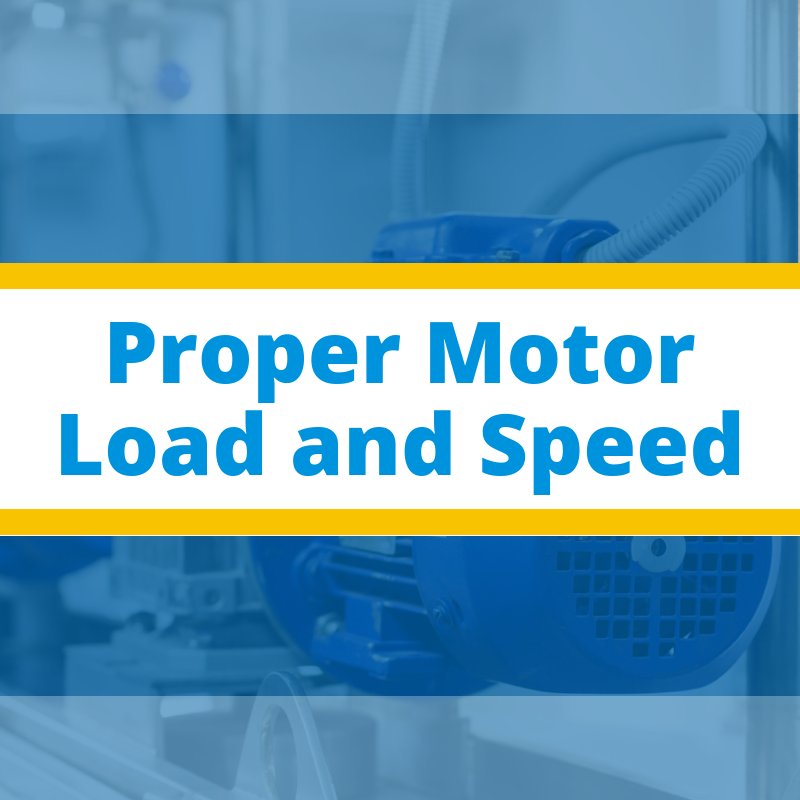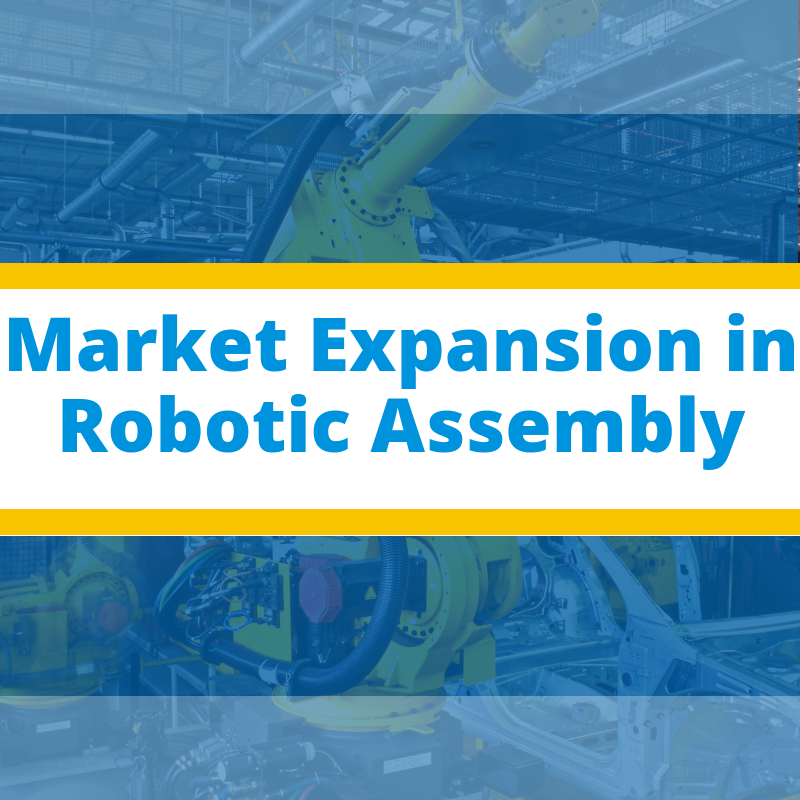Industry 4.0 Market Research revealed that the global Industry 4.0 market would soar to $214 billion by 2023, surpassing the cybersecurity market on the way by 30%. This is well in line with the realities today as more industrial enterprises are shifting towards the paradigm that would bring improvements in processes ranging from manufacturing to material purchasing to supply chain.
KPI Best Practices
Key Performance Indicators (KPIs) are essential to effectively manage and keep track of organizational requirements, helping drive operational improvements. But determining KPIs for teams and individuals isn’t exactly straightforward and shouldn't be rushed into. Instead, a planned approach should be followed, keeping in minds the long-term operational goals that need to be fulfilled.
With every passing year government regulations pertaining to industrial motors are becoming more stringent. This is combined with technological breakthroughs that are making Variable Frequency Drives (VFDs) more efficient, leading to greater efficiency in motor designs and operation. It is well known that when an efficient motor is operated at low speeds it can limit losses in control applications.
Top 4 Best Practices in Robotic Grinding and Finishing
Robotic grinding and finishing are relatively new industrial concepts, with companies are still innovating standard practices that would ensure a high Return on Investment and long-term sustainability. Both concepts show a lot of potential, but site owners often run into problems related to efficiency.
The following four tips can help you ensure that your robotic grinding and finishing.
Smart Factory Security
Within a true Digital Factory, manufacturers have access to a variety of data sources, usually in real-time, spanning from commercial operations to the supply-demand chain. Accessibility to this data is vital for a factory to achieve goals of productivity and efficiency associated with Internet of Things implementations.
The idea of Industry 5.0 may be premature to many since we haven’t even seen Industry 4.0 implementations in their true sense. Nevertheless, it's closer than one might think.
As a setpoint, Industry 4.0 is defined as the use of technologies such as Artificial Intelligence (AI), Machine Learning, Big Data, connectivity, and so on to bring intelligence and automation to manufacturing. This might be the extent of what might think future industrial systems may look like. However, there’s always room for improvement.
Inrush currents can surge up to eight times the nominal current within a motor when it is started through direction line. Such surges can be extremely hazardous for the entire distribution network and can cause voltage dips as well as mechanical damage to the motor itself. It is for these reasons that utilities and government regulatory bodies have started to raise the requirements for three-phase induction motors. For instance, after the initial IEC 60034-30:2008 regulation, the Amendment 04/2014 was released that dealt with energy consumption, efficiency and classes of three phase induction motors.
In the age we live in, machines are built to be used for building other machines. As more people follow the trend of purchasing new gadgets, industrial robots will only gain more popularity and their demand will soar. According to a research conducted by Loup Ventures, it has been found that demand for industrial robots is poised to grow at over 175 percent over the next nine years.
Creating a completely safe work environment in an industrial manufacturing facility is not a simple task, but most pressure points fall into a few basic categories. Consider the three top safety concerns in manufacturing to identify where your facility could benefit from safety policies and practices.
Variable frequency drives (VFDs) are used to control the speed and torque of three phase AC induction motors. VFDs also provide start, stop, acceleration, deceleration, and direction control. There are a lot of factors to take into consideration when selecting a drive. Understanding the application, control, feedback, and operational environment is crucial to ensure that your drive application solutions are the right solutions.












